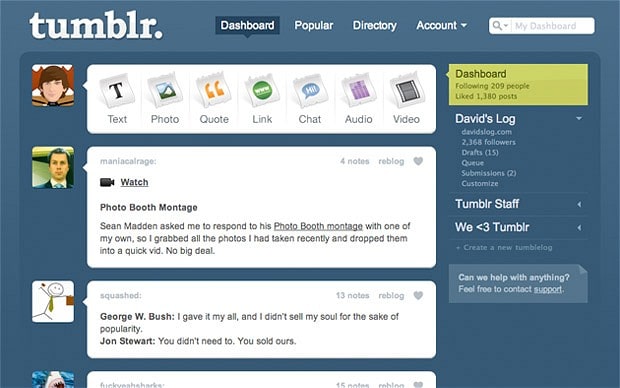Here’s Why Your Virtual Engagements Are Leaving You Exhausted and How to Make a Change
At first glance, it might seem that using virtual communication tools such as Zoom, Slack, and Teams is a great idea for your business. It means that your team can collaborate more easily and it means that clients can be reached no matter where they are, reducing the need for lengthy email trails and face-to-face visits.
However, although this is all true, and virtual engagements are ideal for many businesses, they can also be exhausting for those who have to deal with them. A phenomenon known as ‘Zoom fatigue’ is very real and very problematic. It leaves your workers feeling tired, uncomfortable, and unhappy. So what can be done? Read on to find out.
Reduce Eye Contact
We’re told over and over again that eye contact is one of the best forms of engaging someone. It promotes trust, helps with understanding body language, and ensures everyone is listening to everyone else. However, video conversations encourage an abnormal level of eye contact due to the disproportionate size of participants’ faces on the screen.
In a typical meeting, attendees may pay attention to the speaker, their notes, or anything else. On Zoom calls, however, all participants maintain constant eye contact with one another. Even if you don’t say a word at a meeting, you’ll still be glancing at people’s expressions since listening is viewed nonverbally the same as speaking. The frequency with which people look at one another increases considerably.
Faces on video conference sessions might look too big for comfort, which can be an additional cause of anxiety depending on the size of your display and whether or not you are utilising an external monitor. Our brains register physical proximity to another person’s face as a highly charged circumstance that might lead to conflict when we encounter it in the real world.
To get around this issue, forums could be the answer. When using specific forums, the screen size is much reduced, and the eye contact required is much less. This can ensure the meeting goes more smoothly and you don’t feel quite so anxious by the time it is over.
Seeing Yourself Is Exhausting
During a video chat, most services just display a square of your face. That, however, is not normal. In the real world, it would be absurd if someone were to continually follow you with a mirror so that you could see yourself while interacting with others, making choices, providing input, and receiving feedback. When you see it during a video call, it feels distinctly unnatural and uncomfortable.
Studies have shown that when you see yourself in a mirror, you judge yourself more harshly. Many of us now see ourselves for many hours every day on video chats, and it’s not a pleasant experience as it leaves us feeling hyper-alert.
To combat this, when the user is satisfied that their face is in the correct position in the video, they may conceal the self-view by right clicking the image of themselves and picking that option. This might put you at ease and help you to behave more naturally during the discussion.

Hello! My name is Lucas, and I am the creator of ursuperb.com. I’ve been writing about technology for almost 10 years now, and I love talking about tech news, reviews, and tutorials. I’m currently living in San Francisco, CA, and I’ve been blogging professionally since 2012. I love what I do, and I really enjoy interacting with people online. I believe in creating positive change for humanity, and I try to inspire others to do the same. You can read more about me here.
My favorite thing about Ursuperb is that I’m able to provide useful information to anyone interested in learning more about technology. No matter what kind of tech you use (computer, smartphone, tablet), you will definitely find something interesting to read on Ursuperb. So, let’s take a look at some of the topics I cover on Ursuperb:
1) How To Build An Online Business With WordPress
2) How To Make Money On YouTube Using AdSense
3) What Is Google Analytics? And Why Should You Use It?
4) How To Make Your Own Website Design Software For Free





